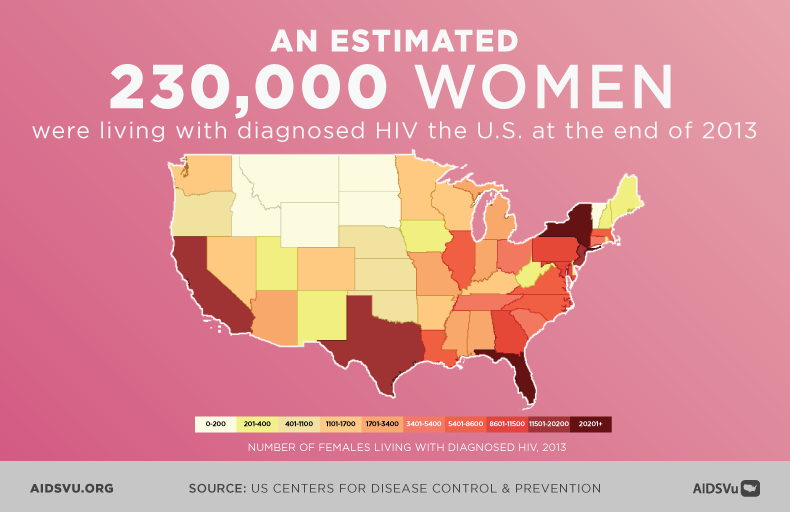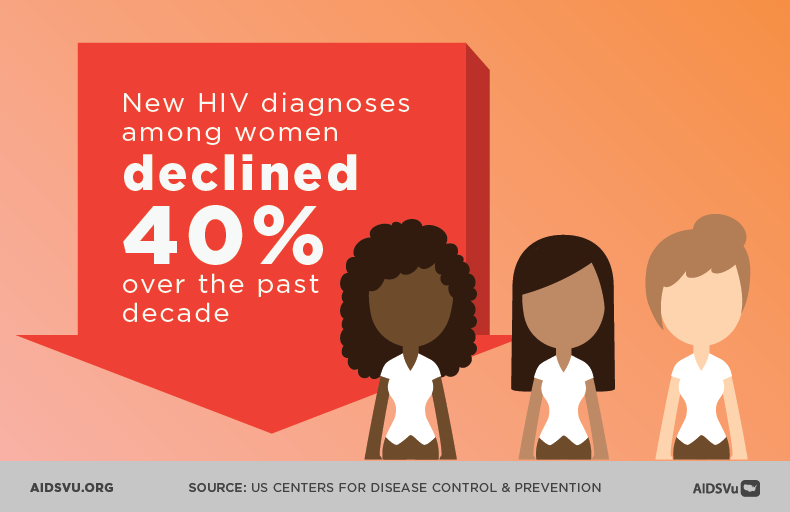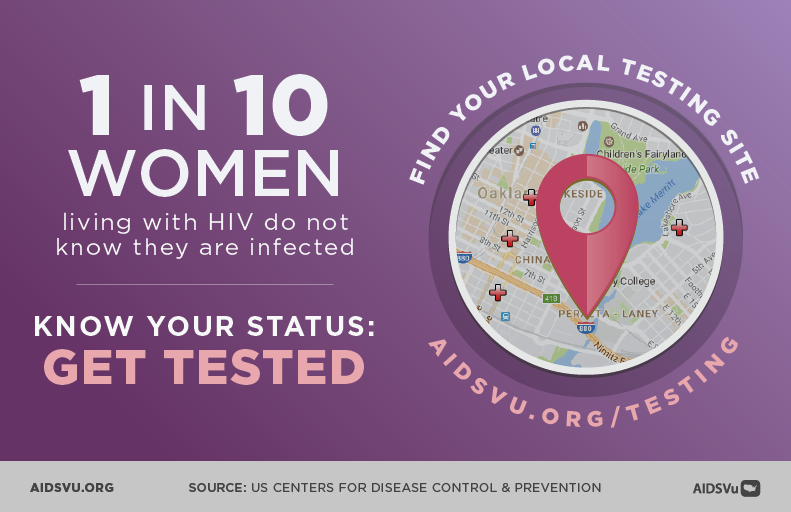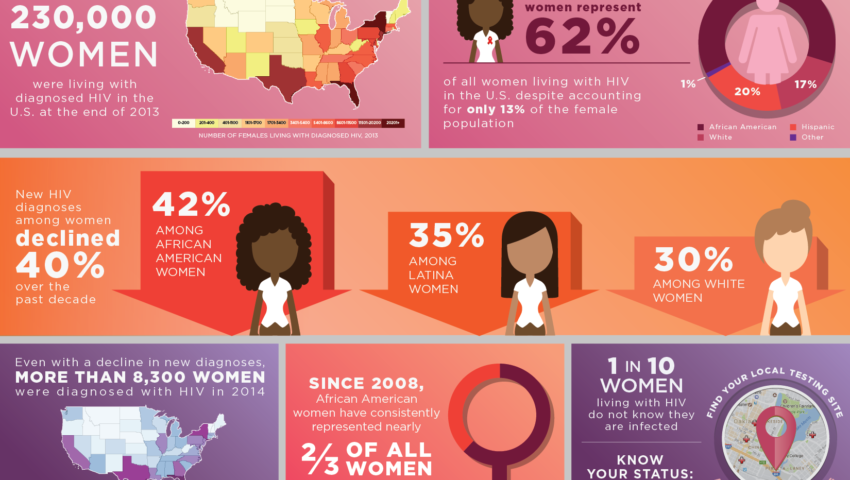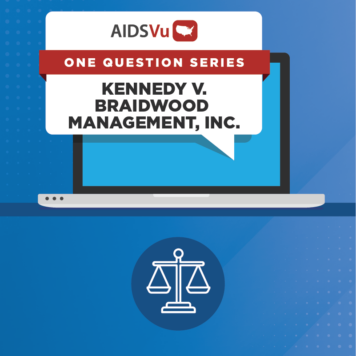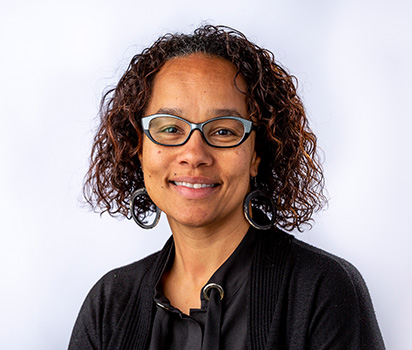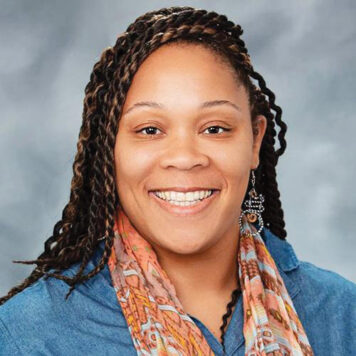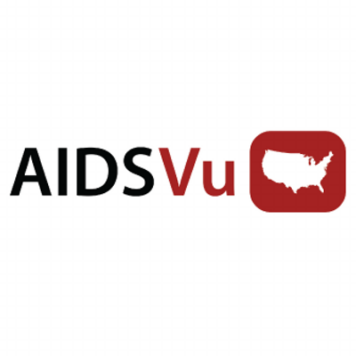We welcome a guest blog post by Rep. Barbara Lee, who represents California’s East Bay in Congress. She serves on the Appropriations and Budget Committees and she is the co-founder and co-chair of the Congressional HIV/AIDS Caucus. Since entering Congress, she has authored or co-authored every major piece of HIV/AIDS legislation.
Today is National Women and Girls HIV/AIDS Awareness Day (NWGHAAD), a day when we come together to raise awareness of the impact of HIV on women and girls.
In the early 2000s, I was honored to lead the bipartisan effort, with Congressman Henry Hyde and Congressman Tom Lantos, and with the backing of the Congressional Black Caucus, to establish the President’s Emergency Plan For AIDS Relief (PEPFAR). This program is a commitment from our government to support public health and improve the lives of those suffering from HIV/AIDS around the world. PEPFAR, along with the National Strategy for HIV/AIDS, has saved countless lives and improved millions more. I am proud of this progress, but we cannot afford to pull back.
Right now, an estimated 230,000 women living in the U.S have been diagnosed with HIV. However, thanks to concerted efforts by activists, public health experts, and lawmakers to increase access to HIV testing, prevention, and treatment, new diagnoses among women have declined 40% over the past decade.
Nevertheless, women of color—particularly Black women—remain disproportionately affected by HIV and account for the majority of women living with diagnosed HIV in the U.S. Tragically, although Black women represent only 13% percent of the U.S. population, they account for 61% of women living with HIV in the U.S.
In order to end this epidemic, we must ensure that all women are tested for HIV and promptly linked to the prevention, care, and treatment services. According to the CDC, 1 in 10 American women living with HIV are not aware of their status. We must do a better job of educating and testing women.
After women have been diagnosed, we need to ensure they are immediately linked up with high quality care and treatment. Sadly, nearly half of all women diagnosed with HIV in our country do not receive continuous HIV medical care. We must do better.
An AIDS-free generation is within our grasp. Experts believe it can become a reality by 2030, but in order to achieve this goal we must redouble our efforts to reach underserved communities across the country who shoulder most of the burden of HIV, especially women of color.
We must do everything we can to ensure that all people who are living with HIV have access to the health care services, support, and education they need to live long, healthy lives. And, we must also ensure that youth receive comprehensive and high quality sexuality education in our schools.
We are at a pivotal point in the fight against HIV. Together, through sustained commitment and action, I believe we will one day achieve the goal of an AIDS-free generation.
Join me today and get involved for all of the women and girls in your lives, in your community, and around the world:
- Raise Awareness. Share information and use the hashtag #NWGHAAD to join the online conversation and raise awareness within your networks about the impact of HIV on women and girls.
- Know Your Status. The only way to know if you have HIV is to get tested. Use AIDSVu.org/testing to find a testing location near you.
- Learn More About HIV Where You Live. Visit AIDSVu.org to explore interactive maps that visualize the HIV epidemic’s impact on women and girls at the state, county, and ZIP code levels.

